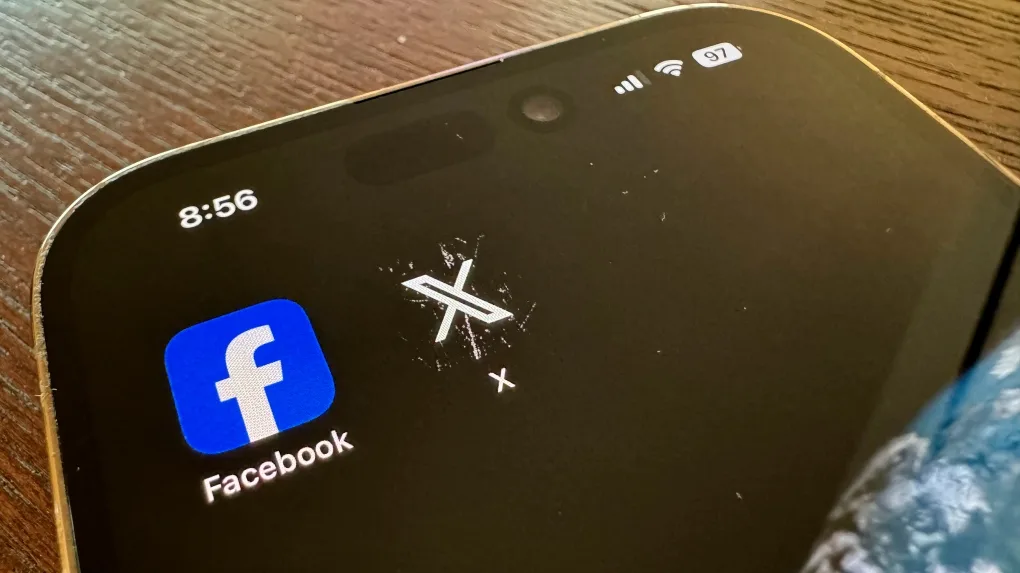Snapchat+ feature draws criticism from tech, mental health experts
Drama, jealousy and heartbreak can make teenage years difficult.
Now, experts are warning a new feature on the popular social media app Snapchat can add to the anxiety.
The “Solar System” feature on Snapchat+ ranks users’ top eight friends based on the frequency of communication with them on the app. For example, Mercury would be your best friend, as it’s the closest plane to the sun, while Neptune would fall at the bottom of the order.
“It really worries a lot of parents and educators because we know that this can actually really deteriorate a child’s mental health,” said technology expert Amber Mac.
“There’s a heightened awareness of how kids are using social media. We also know that many kids are suffering in terms of anxiety and depression.”
The feature is one of several available on Snapchat+ that is meant to engage more users. However, critics say the ranking system can fuel insecurities within virtual and real-life friendships at a crucial developmental stage for young people.
“One of the big things that they’re doing is learning who they are through their friendships and through their connections,” said Rebecca Rackow, director of advocacy, research and public policy development with the Canadian Mental Health Association.
“It’s biological in nature that we find out who we are by who we’re hanging out with.”
Snapchat+’s solar system can give users, particularly pre-teens and teens, a “false sense” of where they are in their social grouping, Rackow said.
Each person’s solar system is private. Snapchat+ users can see where they fall in their friend’s solar system, but they cannot see who else is ahead or behind them in the digital orbit. The feature is not a list of friends sorted by popularity or favouritism, according to a Snapchat spokesperson.
Critics point out that the feature does not take into consideration a person’s time spent on the app or the quality of conversations being had.
“Maybe you talk to someone a lot just because they’re available, but Snapchat takes that metric of someone who you talk to the most as being your best friend,” said Alec Couros, educational technology and media professor at the University of Regina.
Couros said the solar system feature is similar to the emoji system that the free version of Snapchat offers, which places different emojis beside a person’s top contacts in the app.
“We have to be really cautious about this,” Couros said.
“Over time, maybe they (Snapchat users) believe these things and it shapes their relationships in ways that are different or it’s going to destroy relationships because of jealousies and insecurities.”
The solar system feature is only available for those who subscribe to Snapchat+ and can easily be toggled off in the settings.
Only about one per cent of all Snapchat users subscribe to the paid version, according to the company, and the majority of those users are older than 18.
Teenagers that spoke to CTV News did not have Snapchat+, but do use Snapchat.
“It’s my go-to app. I use it multiple times a day,” said 14-year-old Perla Massier.
Massier uses the app to text and send photos to her friends. She said her “best friends” on the app closely align with her best friends in real life.
“It’s just an easy way to get in touch with your friends and to stay connected,” she said.
There are positives to the popular app that Rackow said should not go unnoticed.
“Being part of a community is important and that feeling of belonging,” Rackow said.
“The idea of being able to look at a circle of support, like who are the people who actually would notice if I post something that says I’m in trouble?”
Rackow said more conversations need to happen between young people, parents and teachers to identify possible impacts social media can have as well as any limitations that should be put in place when using mobile apps.



